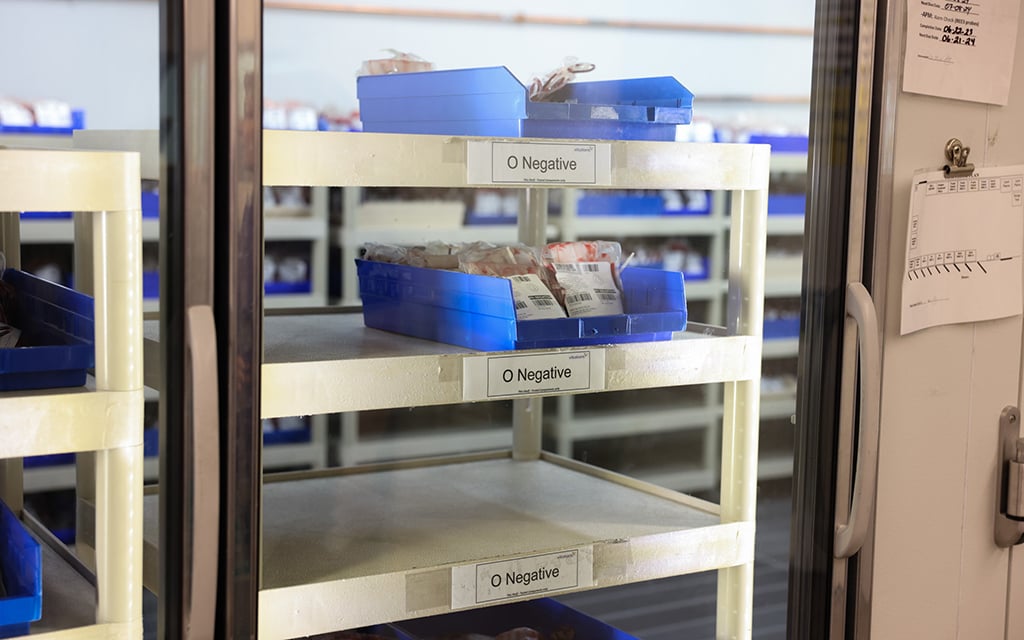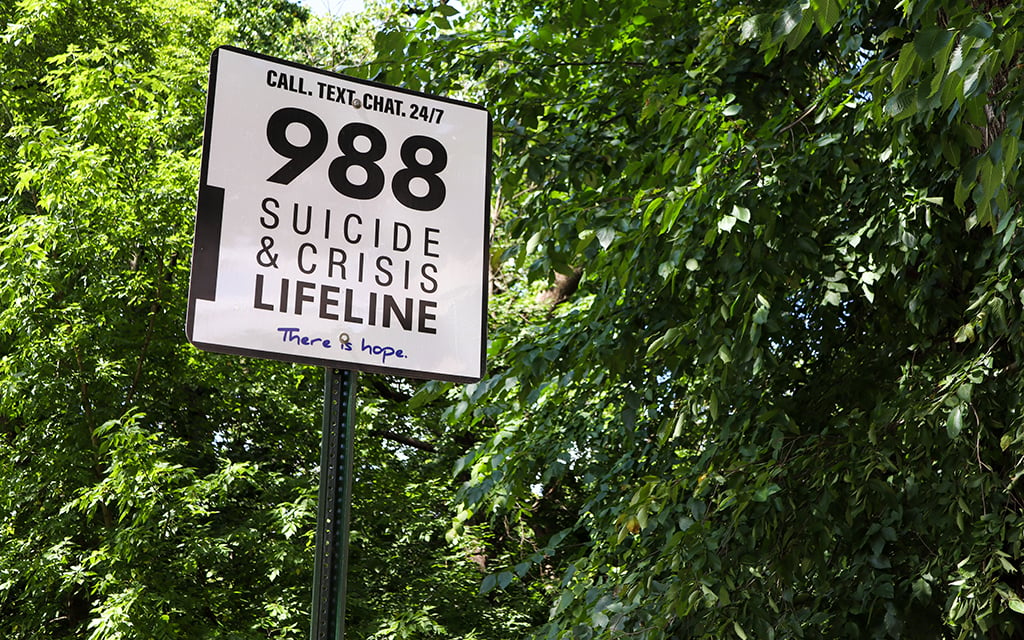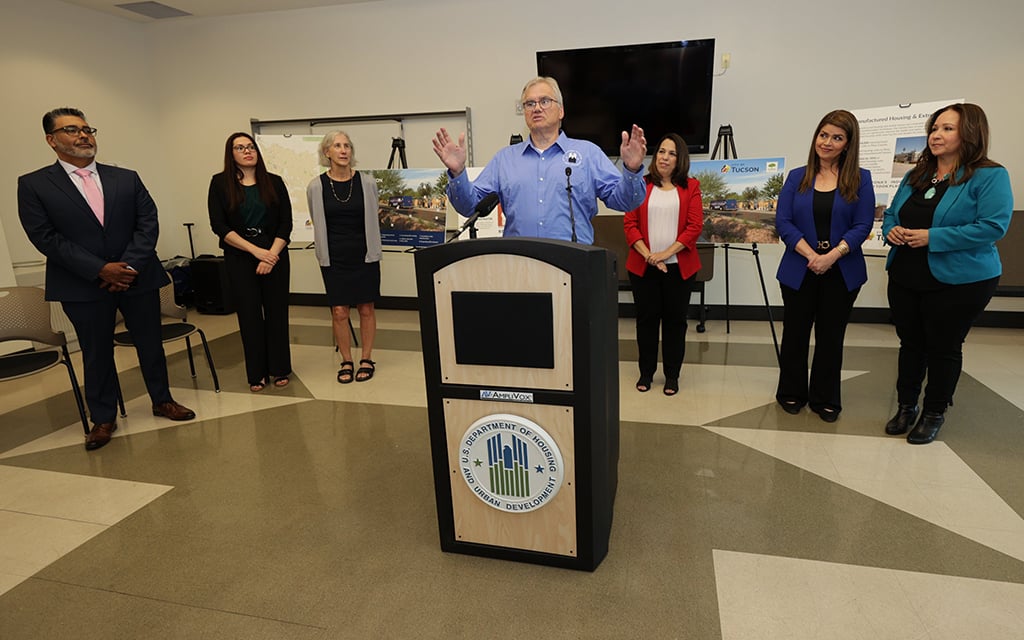Life-saving method: Medevac helicopters start carrying blood, but what about ambulances?
PHOENIX – Blood in ambulances is proven to save more lives because patients are able to get transfusions faster. Other states are beginning to carry blood in ambulances, but Arizona hasn’t implemented this yet, at least not on the ground.
Kids Online Safety Act could pass the Senate soon amid calls to protect minors online
WASHINGTON – The Kids Online Safety Act aims to protect minors on social media. The U.S. Surgeon General is among many advocates who want to tackle the youth mental health crisis. But, some opponents worry about censorship.
‘Commodification of life:’ Some religious leaders oppose IVF, causing tension among churchgoers struggling with infertility
PHOENIX – Reproductive technologies have increasingly been scrutinized by religious leaders, causing tension among churchgoers struggling with infertility.
Arizona poised to provide MDMA therapy to first responders with PTSD if the FDA approves the psychedelic
WASHINGTON – Arizona may allow PTSD therapy using ecstasy or molly under workers' comp. FDA approval pending, advocates hope for faster access to this promising treatment.
Arizona’s monsoon season means danger for those with asthma. Here’s how to cope.
PHOENIX – Arizona’s monsoon season is here, and it’s not all good news. Those with asthma have to be even more diligent to not get caught in the storm.
Calls to 988 suicide hotline go to a crisis center in the caller’s area code, but may soon get routed to the closest counselor
WASHINGTON – The FCC has proposed a change in how 988 calls are routed, to end delays when callers end up speaking to a crisis center based on their own area code rather than where they actually are.
Arizona schools combat phone use in the classroom, see effect on youth mental health
PHOENIX – Across Arizona, classrooms and school districts have started limiting or banning cell phone use to combat student phone addiction. Educators have seen encouraging results.
Feds want to rush aid to public housing residents to stay cool during extreme summer heat, but Tucson and Phoenix are in no hurry
WASHINGTON – Arizona public housing authorities can expand utility assistance for cooling costs during extreme heat, but the Tucson authority won’t be participating this year. Residents face challenges accessing cooling, creating health risks as triple-digit temperatures hit the state.
Navajo uranium miners, people downwind of atom bomb tests demand justice as Congress lets aid program lapse
WASHINGTON – Congress let the Radiation Exposure Compensation Act expire June 10, leaving Navajo uranium workers and people downwind of nuclear weapons tests furious.
Nature’s therapy: How Jillian Stannard found healing in rock climbing
PHOENIX – Jillian Stannard has battled depression, anxiety and fibromyalgia. Rock climbing helped her dig out of depression.
Common Sense Institute Arizona report estimates fentanyl, opioid crisis cost Arizona $58 billion in 2023
PHOENIX – Common Sense Institute Arizona published a report on the growing fentanyl crisis in Arizona, estimating a cost of $58 billion in 2023. The nonpartisan think tank’s report included the costs of fatalities, opioid use disorder, hospitalizations and border security.
Vice President Kamala Harris will campaign in Phoenix on Dobbs anniversary, putting abortion rights in spotlight
WASHINGTON – Vice President Kamala Harris will be in Phoenix on Monday to mark the two-year anniversary of the Supreme Court ruling that ended a constitutional right to abortion. Abortion access is a key campaign issue and will likely be on the Arizona ballot.











